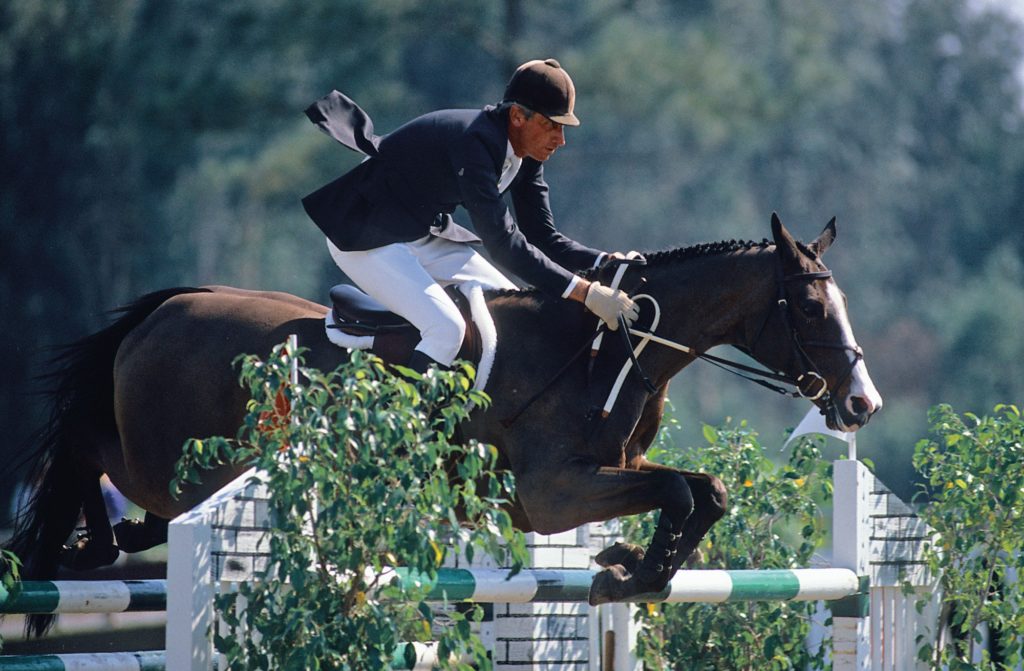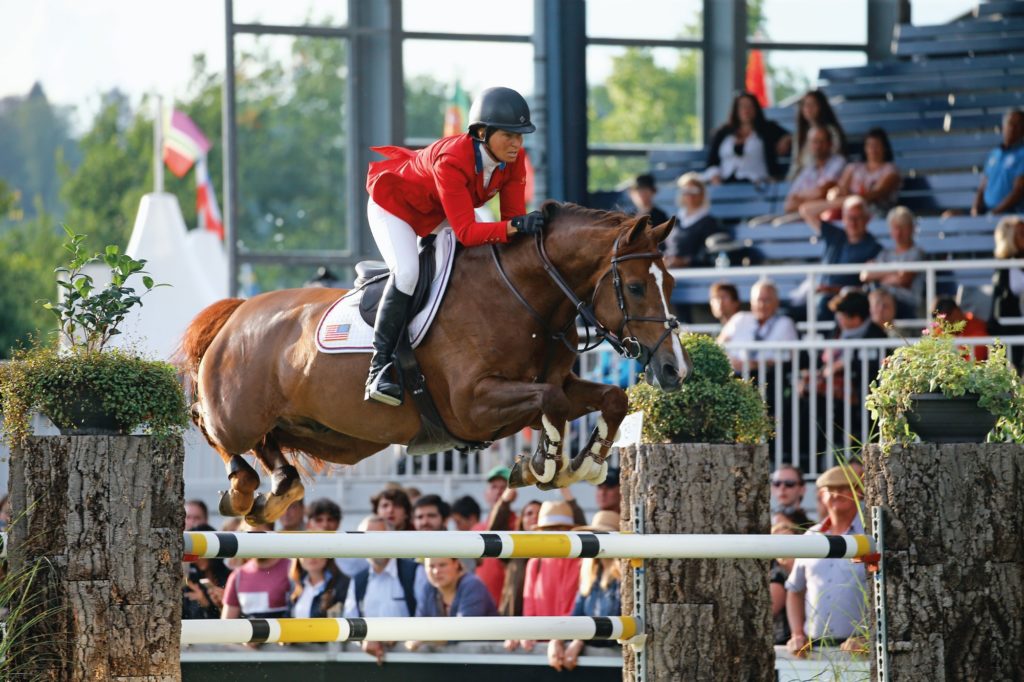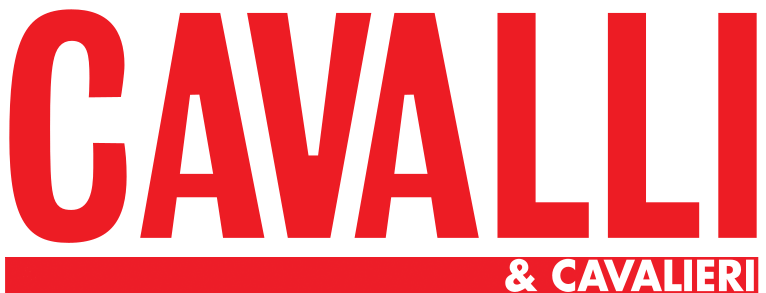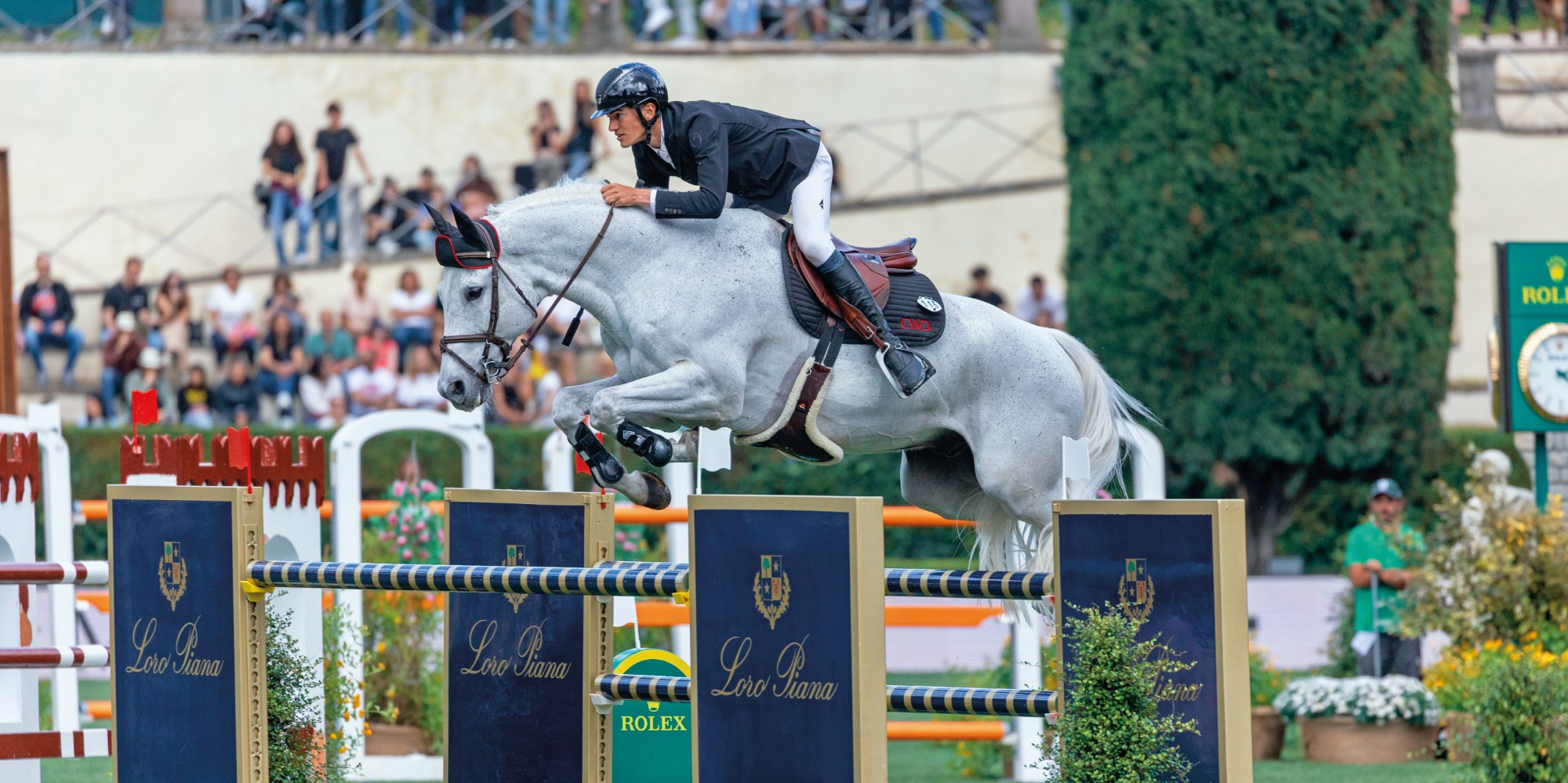INTERVIEW WITH Mauro Atzeri
IN BETWEEN TWO WORLDS
USA horse riding by Mauro Atzeri
by Susanna Cottica
Mauro Atzeri is an Italian rider, master of horse riding, as well as trainer of young horses and riders. He is loved and appreciated in Italy and in the United States. Here he lived for thirty years, and he is known for his patience and perseverance, progression and meticulousness of his method. Mauro Atzeri, born in 1963, is a true horseman with an extraordinary eye and the innate ability to connect with horses.
Mauro developed his knowledge between two worlds: the Italian one of the golden age, where he was born and trained, and the American one where he refined his riding and built his career. Mauro began riding as a child under the guidance of his father, standing out in show jumping for his qualities from the beginning with excellent results, winning numerous Grand Prix in his career in Italy. This is where his story began, which he himself tells us. A story we need to know to understand ‘the two worlds’.
Pratoni del Vivaro and Raimondo d’Inzeo
«My story began in the 80s in Pratoni del Vivaro under the guidance of Raimondo d’Inzeo where I remained for six years, riding for the Italian equestrian federation. I then moved to Parma to ‘Allevamento San Michele’ owned by Giuseppe Rolli, where I met a completely different world. The approach to horses was different because I was in a large commercial stable that collaborated with one of the most important stables in Europe, owned and managed by Paul Schokemöhle in Germany. It was there that the entire German team trained, with Ludger Beerbaum, Otto Becker, Franke Sloothaak. Rolli imported the horses to Italy, and from here they were produced and sold on. In the five years I remained in Parma I had the opportunity to ride important horses. In 1989 my life changed. That year in Piazza di Siena I met Joe Fargis and Countess Meneghetti who, because of my broken English, acted as an intermediary with Joe to get me to go to America for a work experience. I really wanted to go to America. I had seen the US team at the 1984 Olympics, and I was fascinated by their technique, by the order, the organization, the approach to riding, very light, simple, forward, everything that we still see today in some professional riders. All this impressed me because in Italy the opposite was happening. There were a series of foreign influences that distanced us from the equitation and teaching of Raimondo d’Inzeo, that riding that the United States was instead carrying forward.
So, I left for the United States where I was supposed to stay for six months and instead, I stayed for thirty years. I was in the most important centre of the United States at the time, where Joe Fargis, Conrad Homfeld, George Morris, William Steinkraus were based. They were the great champions and professionals who had been trained by Bertelan de Nemethy, who created and set up American riding as we see it today. De Nemethy had trained a group of professionals at Gladstone, the American federal riding centre. They worked with him every day and together they set in stone the foundations of American riding. These professionals went on to train themselves students who then became great champions, spreading the techniques of the American system all over the world. All the great American riders were trained by the Hungarian cavalry officer who in 1955 was given the role of trainer of the entire American show jumping team. Bert was the ‘Coach of the United States Equestrian Team’ from 1955 to 1980. During the five years spent at Joe Fargis’s stable, I worked for various clients, including the owners of Touch Of Class, always supported by Fargis and Homfeld. Later I decided to set up on my own, being based in the winter in Wellington and in the summer in Atlanta at Mrs. Fuller’s stable where to this day there are my retired horses.
. With America I continue to have close contact of collaboration, often travelling to the States. Now my base is in Italy in the beautiful Salento where I live with my partner Michela and our beloved horses and dogs.» Mauro Atzeri

The interview
Caprilli’s Natural Equitation System has spread throughout the world. Have you seen the reflection of the Caprilli school in de Nemethy’s method? Of course, the influence was very strong. At a certain point the United States began to send military riders around Europe, to Italy in Pinerolo, to France in Saumur, to Germany… they then returned to the United States with all the experiences gained during their stay in Europe and applied them to improve their horses; we must take into account that in the United States, until the 1980s, only thoroughbreds were used in show jumping, eventing and dressage, specifically those rejected by the racing world. These horses had lots of blood and were very sensitive, and these riders managed to take them to compete at the highest levels of show jumping. Snowbound, the thoroughbred who won the individual Olympic gold in 1968 in Mexico with William Steinkraus, was one of them and Touch of class with Joe Fargis double Olympic gold medalist in Los Angeles in 1984. The Americans then imported the Italian and French system that imposed a forward riding, with a light approach, always in harmony with their rides, for ultra-sensitive horses, applying it in the training of racing thoroughbreds! This is the reason why this riding technique worked. In 1984, America began to import horses from Europe. The first was Calypso, Melanie Smith’s great champion. In those years, German, Swedish and Swiss riders absorbed the American system. George Morris had a great influence on modern riding in European countries. The sport has continued to go exactly in that direction: nowadays you must ride around technical courses and light jumps. The horses must be light, sensitive, agile. This is the modern riding that comes from overseas.

In Italy we were the precursors of modern riding. What happened in Italy where the principles of this equitation were abandoned?
In the United States, training is always and firmly based on classical principles that we see well established in the Equitation categories, that are well codified in the United States. Classic does not mean old; it means equitation defined by the principles of lightness. It means an equal approach for everyone. All the best riders, male and female, like Beezie Madden, Laura Kraut, Jessica Springsteen, trained in the Equitation categories. Morris, Homfeld, Katie Monan have taken part to Equitation finals. Even today we start from these bases. All European countries have started from these roots and evolved, but in Italy we went the other way. We started ‘importing’ people who had nothing to do with our heritage of the great masters, like the d’Inzeo’s. Instead of teaching our equitation to the younger riders, we started bringing technicians from Northern Europe with a completely different mentality, creating confusion. The confusion that was created and still persists today. When you look at a warmup arena you don’t see two riders using the same technique, everyone does it their own way without a codified system, without any principles of reference for training. There is a huge difference in the approach. We used to be the architects of good horsemanship; other countries have evolved on our classical bases, and we have lost our way.
How is horse management in the United States?
When I moved to America, in Italy we were very reluctant to allow horses to move freely and often we didn’t even have any turnout. We simply didn’t have this mentality, even if Raimondo d’Inzeo was very keen on the horses being outside as much as possible. When I arrived in America, I saw all the horses in the fields. They were out for at least half a day. After exercise they were turned out again, many even stayed in the paddock over night when they had field shelters. Furthermore, in those days (today, with the competitive commitments this would be unthinkable), after the indoor competitions, which were in Washington and New York, Joe Fargis would take the shoes off the horses and leave them in the field for two months. He then moved the horses to Florida without shoes and started working them again, slowly getting them back into fitness. This process took weeks. When they started going over the first jumps again, he used to put the shoes back on. In this way he extended their sporting career by managing both their body and mind in the best way. Wise, winning and respectful horsemen.
What is the most important lesson you have learned in these thirty years?
In these thirty years I have learned to understand the meaning of equestrian sports. How can we justify everything we do with horses and why do we do it? The only way to justify using horses in sport is to make sure they have a life as close to their nature as possible. Open air, big fields, good quality hay, staying out of the stables as much as possible, grazing, walking, moving as they would in nature. This is the starting point. Secondly, like-minded people need to get together to unify the system, all the horse people who want to keep this sport ‘healthy’ should join forces to impose rules of respect for horses: define the number of competitions that horses take part to, limit the continuous exhausting trips, impose rules for young horses to respect them and much more. Today the rule of the social license is in force: ‘you must be accepted by society’. If we always put money first, we have already lost our battle. We must put horses first to give the sport a structure that protects them as much as possible. Equestrian way of life and education in the saddle: that education and culture that we once had but that we have lost over the years. This is the message I would like to convey.

Photo Credits Archivio Cavalli & Cavalieri, Bob Langrish




